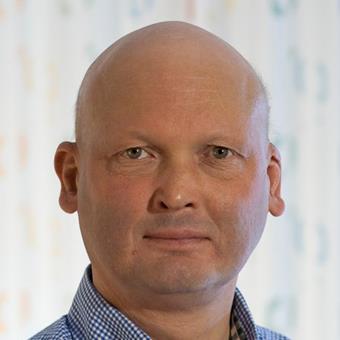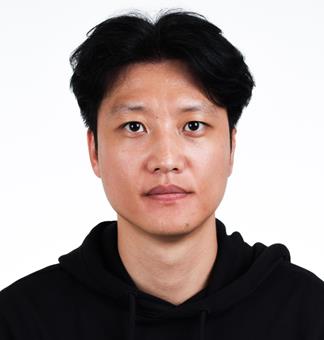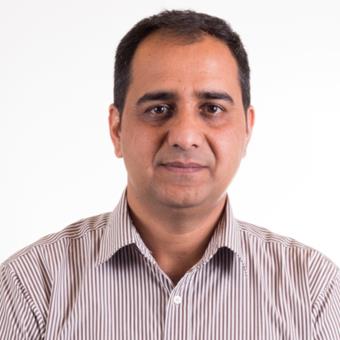The Semiconductor Materials Division belongs to the scientific area of Material Physics, which is the largest research unit of the department and it is internationally recognized as a strong research environment. The research activities within the division cover a broad spectrum dominated by basic research. The projects are mainly funded by Swedish and European agencies, partly with industrial collaboration. There is a strong international cooperation within most research projects.
Semiconductor Materials (HALV)
The Semiconductor Materials Division develops and investigates materials for novel electronics with focus on silicon carbide, III-nitrides and graphene for fundamental and application-motivated issues of interest for Swedish and European industries.
























